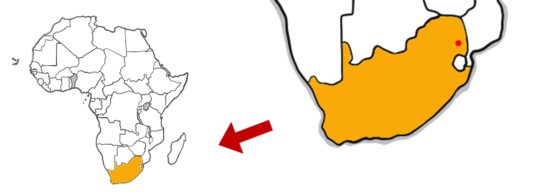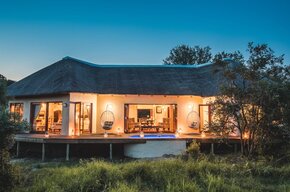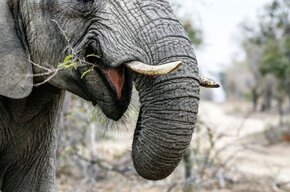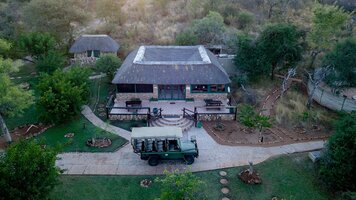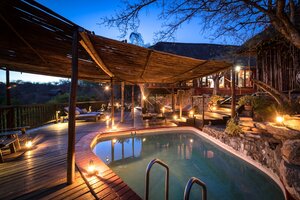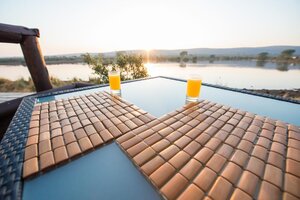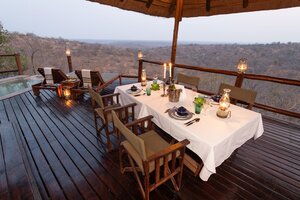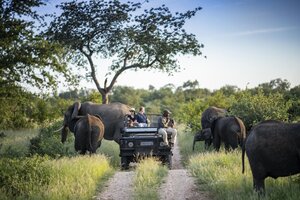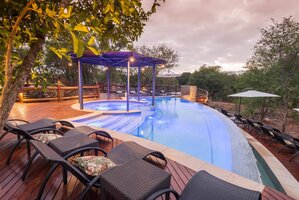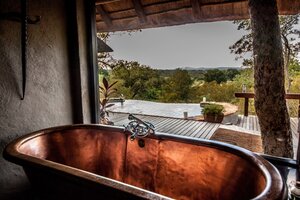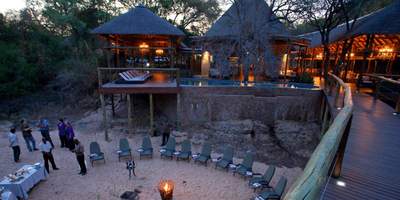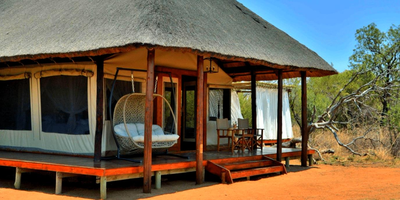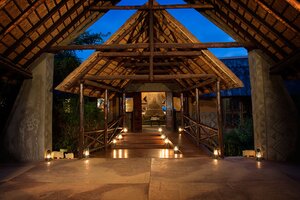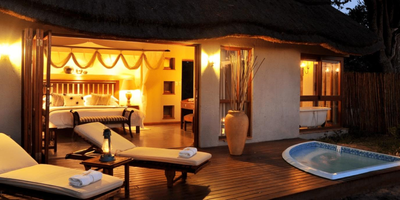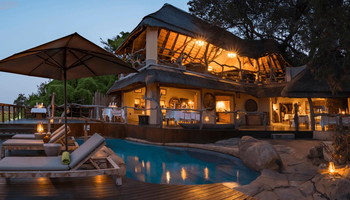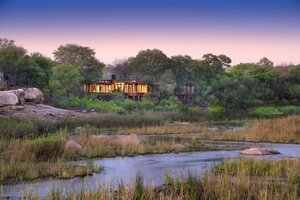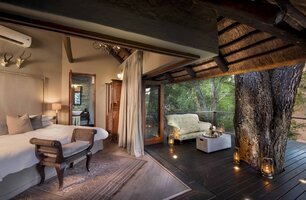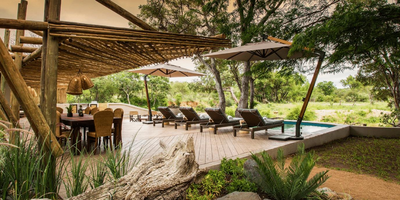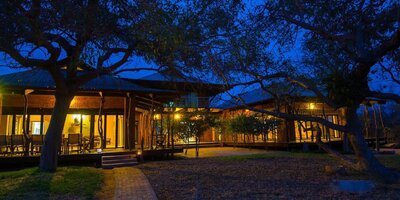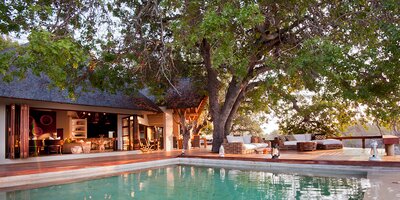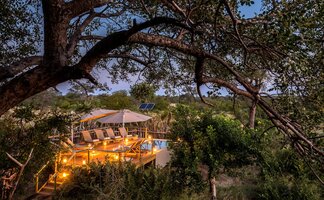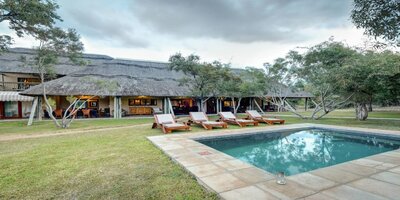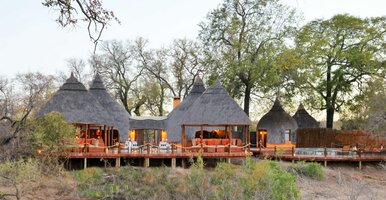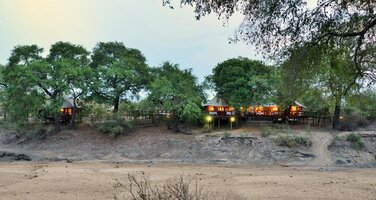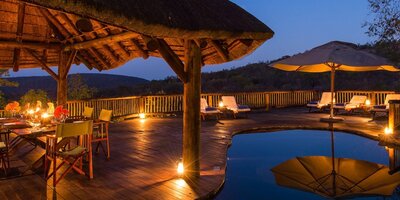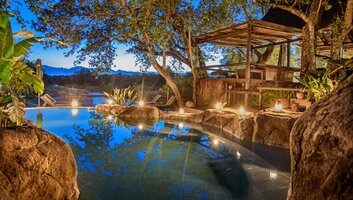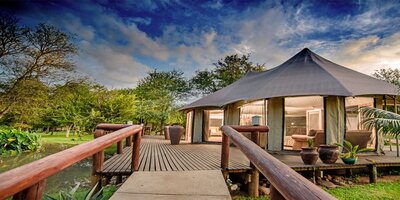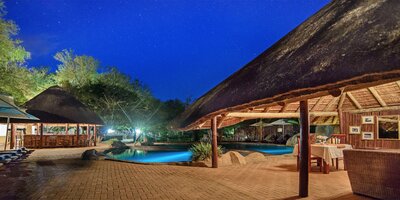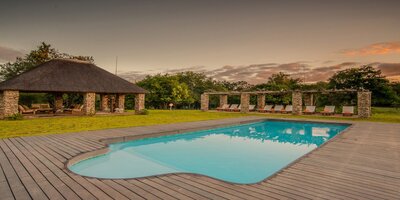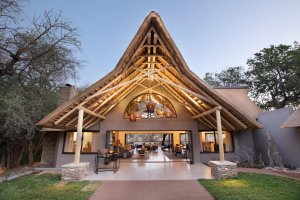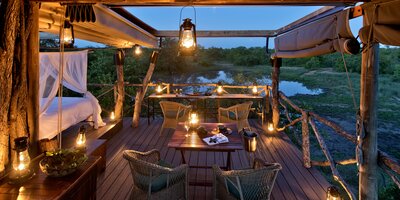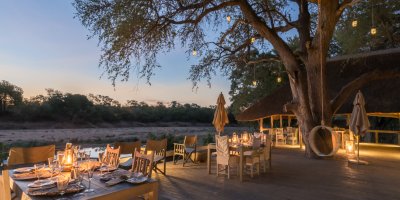Overview
Set in the north-eastern corner of the country, the Kruger National Park offers an African Safari adventure of a lifetime. The nearly 2 million hectares of land forms the largest national reserve in South Africa, and is renowned the world over. The massive expanse of wild bushveld provides a vast range of scenery, diverse flora, and wild animals of all sizes and characters. The Kruger National Park is known for having the highest population-density of the Big 5 in South Africa with ample opportunity to see lion, elephant, rhino, leopard and African buffalo. For a truly exceptional African safari experience, we recommend embracing the unique offerings of the Kruger National Park's private reserves with perfectly tailored options for romantic African honeymoon safari trips, family safari getaways and world-class award winning luxury safari stays. These game reserves are privately owned and managed and offer exclusive-use conservation areas where you are guaranteed Big 5 sightings. Expert guides assist in tracking the animals and offer additional guided on-foot safaris as well as photographic and art safaris.Why Go:
- Incredible diversity of Wildlife
- Acclaimed Luxury Safari Lodges
- Phenomenal birdlife
- Daytime and night game drives
- Home to the Big 5
- Exceptional service and hospitality
Wildlife
With all of Africa’s supreme wild creatures, the Kruger Park additionally is home to 137 other mammals and is a bird lover’s paradise with over 500 varieties of birds.
More About the WildlifeScenery
Imperative to the survival of all wild in the Kruger National Park are the rivers running through its landscape. The flat plains make it ideal for spotting animals of all sizes. With such a large terrain climate zones vary from north to south providing a diverse variety of vegetation and shrubs, with denser flora in the north where rainfall is more frequent.
Best Time to Visit
During the dry winter months, animals make their way to rivers and watering holes which create excellent game viewing opportunities. Visiting during the dry winter months also pose the least risk for malaria and with vegetation being sparse and less thick, wildlife viewing requires a little less effort.
More About the Best Time to VisitWeather & Climate
Due to the expanse of the Park, the climate varies slightly from north to south, with the central part being a mixed zone of tropical and subtropical climate attributes. With rainfall starting off the wet season in late October, rainy season generally remains until May. The south is of subtropical climate, receiving less rain than its northern tropical counterpart, however the hot summer days are humid reaching temperatures of mid 30°C (64°F).
More About the Weather and ClimateWildlife & Animals
The Kruger Park promises to deliver a multitude of general African safari animal sightings such as giraffe, zebra, elephant, buffalo, wildebeest and hyena. However, should you be set on an African lion safari, or unwilling to the leave the bushveld without encountering a leopard, your best option may be to head to one of the Kruger’s private game reserves, known for specific sightings and accompanied by expert guides. Private reserves also offer night game drives and guided bush walks, giving you the opportunity to be completely immersed into the wild.
Lion
Occasional
Elephant
Common
Buffalo
Common
White Rhino
Occasional
Cheetah
Rare
Leopard
Rare
Black Rhino
Rare
Hippo
Common
Hyena
Common
Zebra
Common
Giraffe
Common
Wild Dog
Rare
Wildebeest
Common
Wildlife highlights
Sightings of the majestic lion, leopard, rhino, hippo or a rare wild dog are awe-inspiring, creating a new sense of wonder for the marvels of the wild and the grandiose presence of these animals.Best time for wildlife viewing
Best time for wildlife viewing would be during the dry months of June to September when the vegetation is less thick.Best Time to Visit
May to September
Dry Season
December to January and July to August
During school holidays
April to mid June , September to October
April to May and September to October
Mild weather with a little rain
June to August
-Cold mornings and nights
December to February
Hot
May to September
- Dry Season- Wildlife tends to gather around waterholes making viewing easier
- Low Season
- Beautiful weather conditions
- No risk of malaria
October to April
- Wet Season- Green and fresh scenery
- Plenty baby animals and wildlife
- Birding is excellent
Weather & Climate
Climate Chart
- -14-901m/-46-2,956ftGetting There
Airlines & Ticket Prices
To book your International and local flights, it is best to discuss options with our agents. They will be able to secure best tariffs and match it with your safari dates.
Click on Enquire Now for a free consultation.

